The Stratford Canal
We now have our own fleet of battle swans, sitting on the tiller.

The tiller (that’s the bit you steer with) is attached to the rudder post by a metal pin, often with a brass ornament on top. There are a number of businesses run from canal boats, and one of them sells tiller pins, as well as rope-work fenders and rugs.

I’d seen the boat, Hakuna Matata, on the Oxford Canal, and again on the Grand Union in Warwick, but one or the other of us had been moving at the time. We finally ended up moored close together today. Most of the top of the boat was covered in tiller pins.
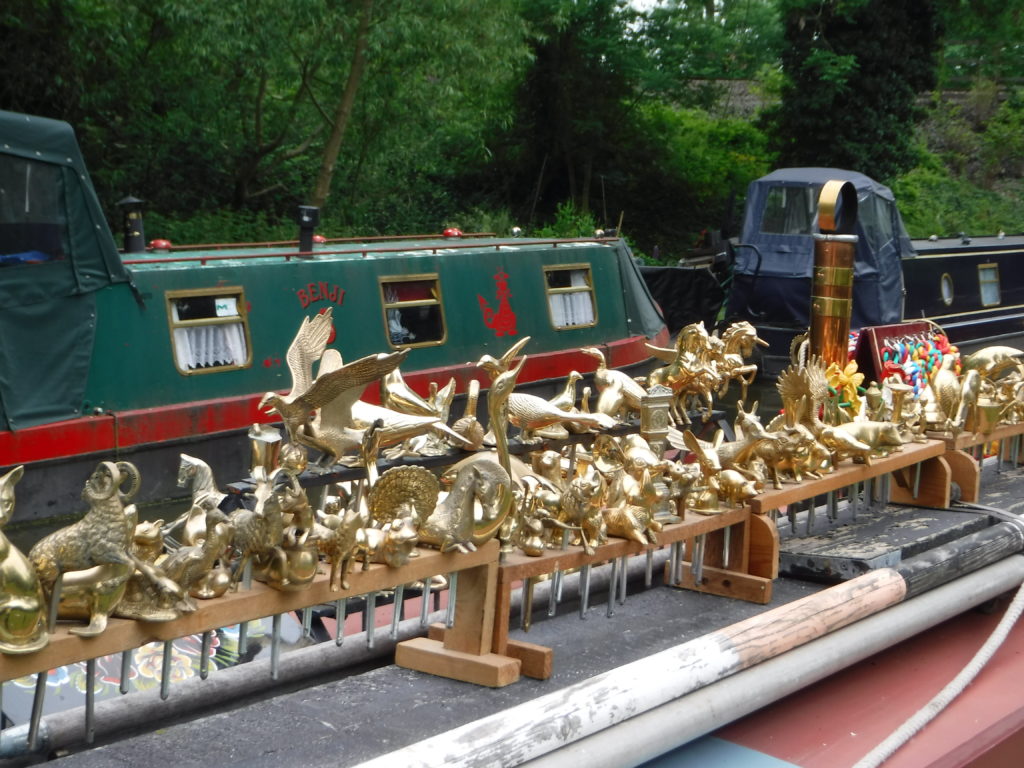
Did I mention there were tiller pins for sale?
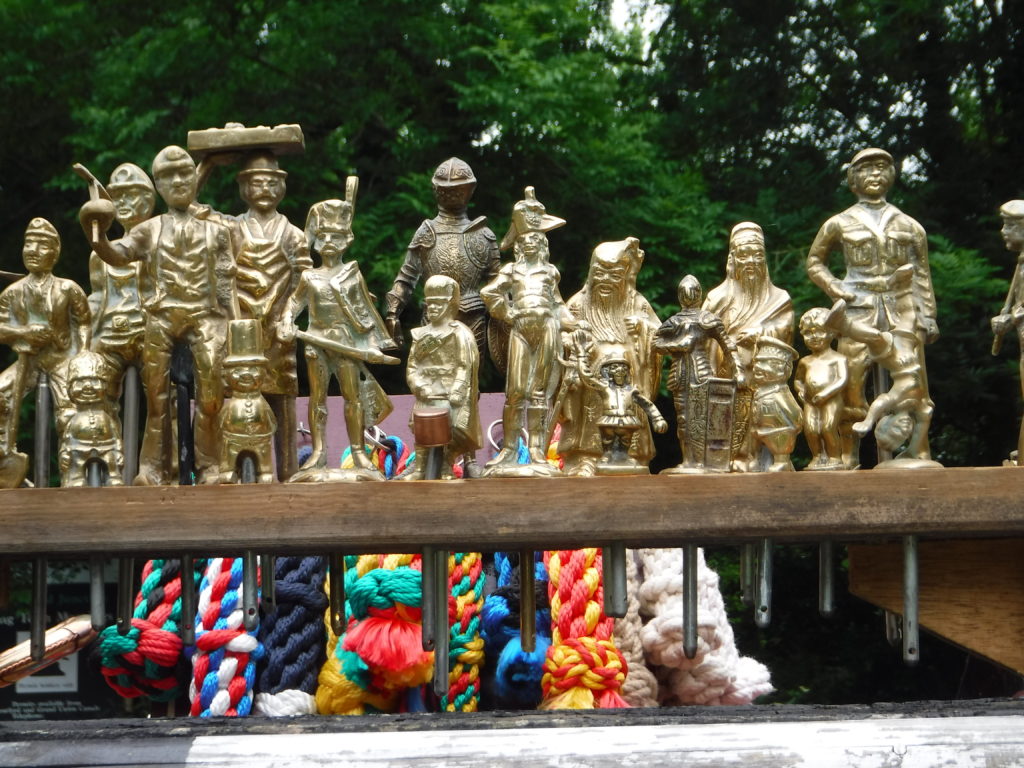
So, I chose the battle swans, purely for defensive purposes of course.
Paula took the boat through the first nine locks today, while I worked the lock gates.

Dealing with lock gates is a full body workout, with the upper body used to turn the windlass to raise and lower the paddles, and the whole body used to haul the huge and heavy lock gates open and closed.
There are two sizes of canal in the network here, broad and narrow. The broad ones have locks and bridges that are about four meters wide, and in the narrow ones they are two meters wide. On a broad canal, two narrowboats can fit in a lock together, but on a narrow canal the locks are claustrophobically narrow and only hold a single boat. However, the gates and paddles are correspondingly smaller and easier to work, so when we switched over from the Grand Union to the North Stratford Canal at Kingswood Junction Paula took over working the gates. I even rounded up some help for her on the first two locks by inviting a couple of Dutch tourists to see how locks worked.
All of the canals were originally built by different companies, and so have variations in design and technology, as well as width. The Stratford Canal has some very strange bridges.
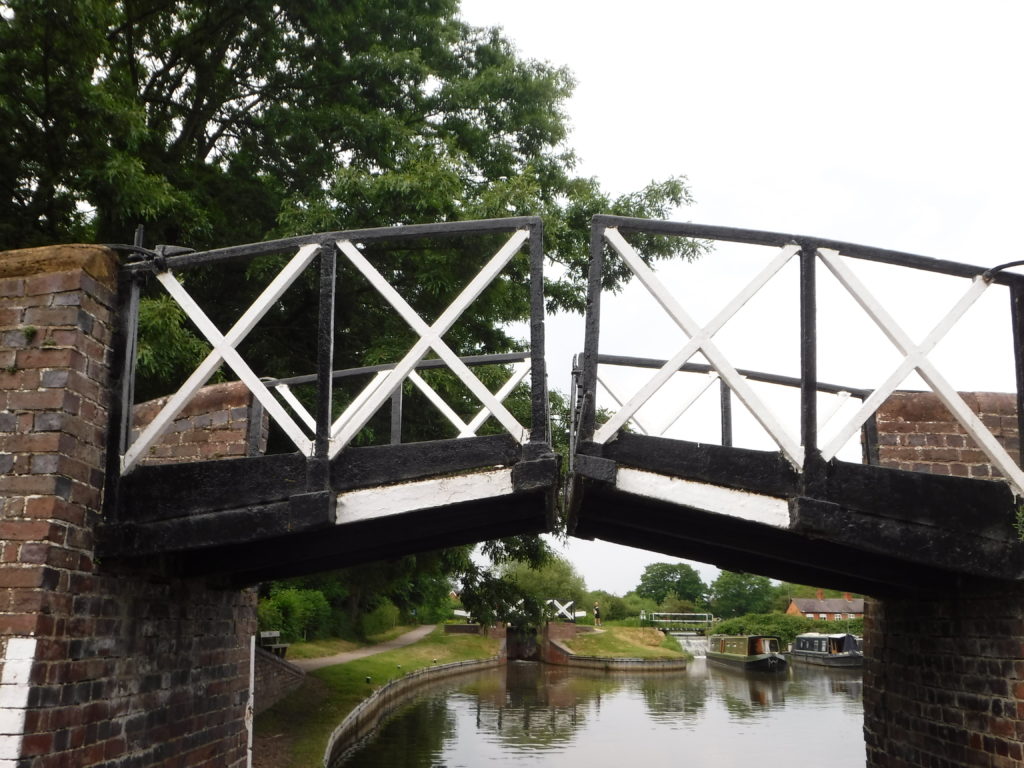
Can you see the gap in the middle? The two sides of the bridge are cantilevered out and do not touch. Remember the canals were originally designed for horse drawn barges? Rather than make room for the tow path under the bridge, they had the horse walk round outside and pulled the tow rope through the middle of the bridge to save time.
Then there are the lock keeper’s cottages. The bricklayers working on the canal were most used to making barrel vaulted bridges, so when they are asked to put up a cottage, they built the roof as if it was a bridge arch.
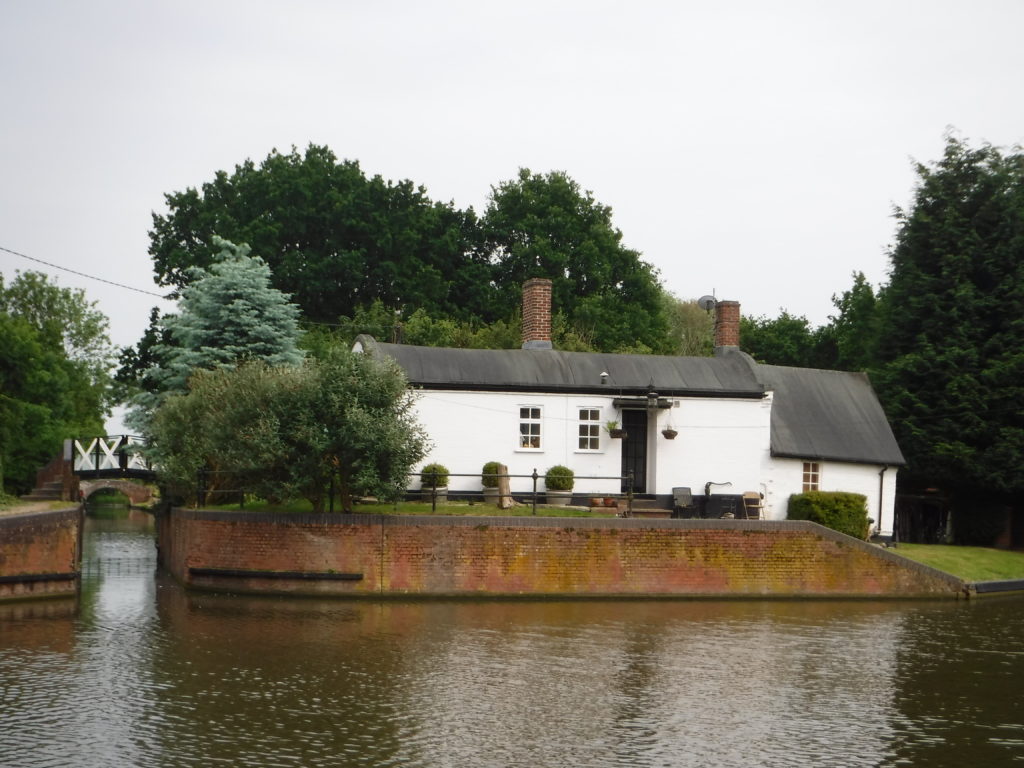
While bricks have many wonderful properties both as construction materials and projectiles, older ones are porous under pressure. On this canal wall just below a lock, water is continually leaking out, providing a habitat for a variety of moisture loving plants.
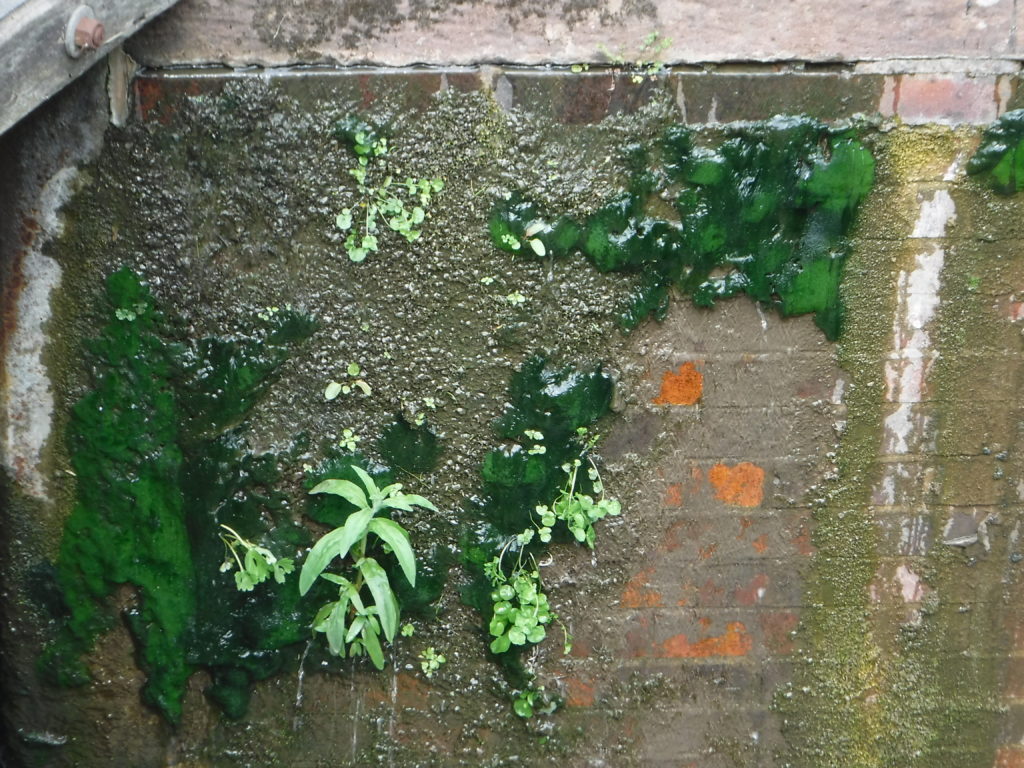
I, for one, welcome our new slime mould overlords.
Meanwhile, in traditional canal boat fashion, Paula has started painting buckets, trays, and other loose objects with gaily colored decorations. Here she is working on a bucket from her “red” period.

To close, a canal boat decorated in a completely non-traditional fashion.
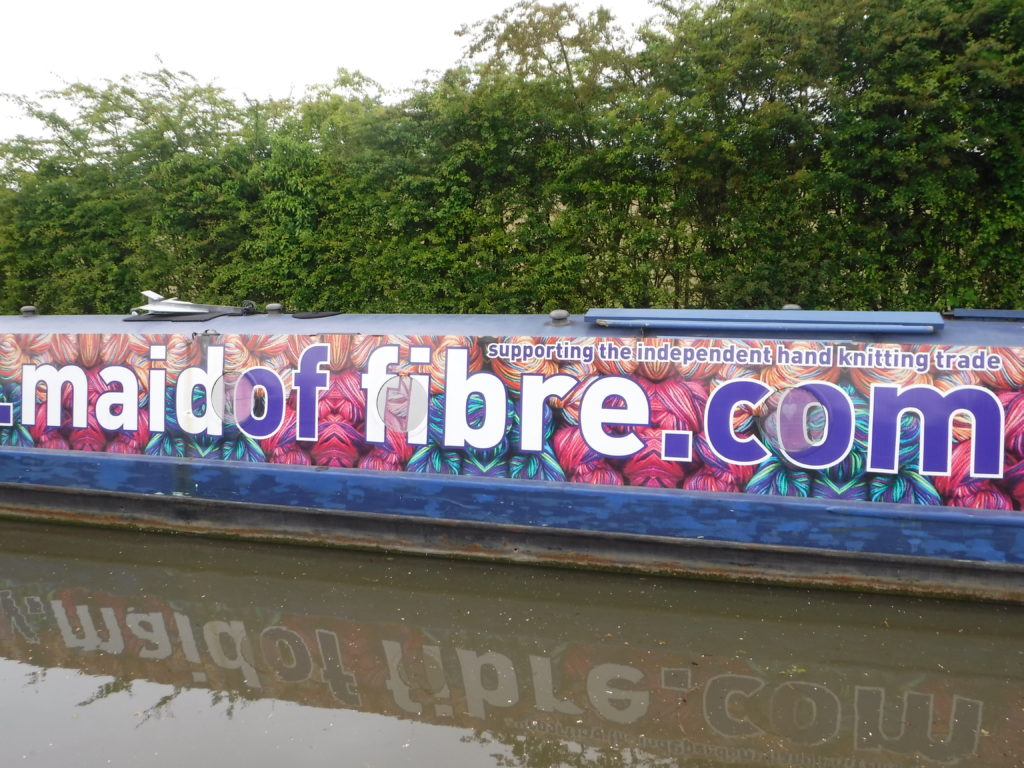
Really?
3 thoughts on “The Stratford Canal”
Thanks again for taking the time to write down all these stories and share these photos. This entire adventure has been fascinating!
hello iam trying to get a brass narrowboat tiller pin can you help please
Sorry not to reply sooner. We bought our tiller pins from the owner of a boat called Hakuna Matata. Look around for the next floating market and you will probably find someone selling them there.